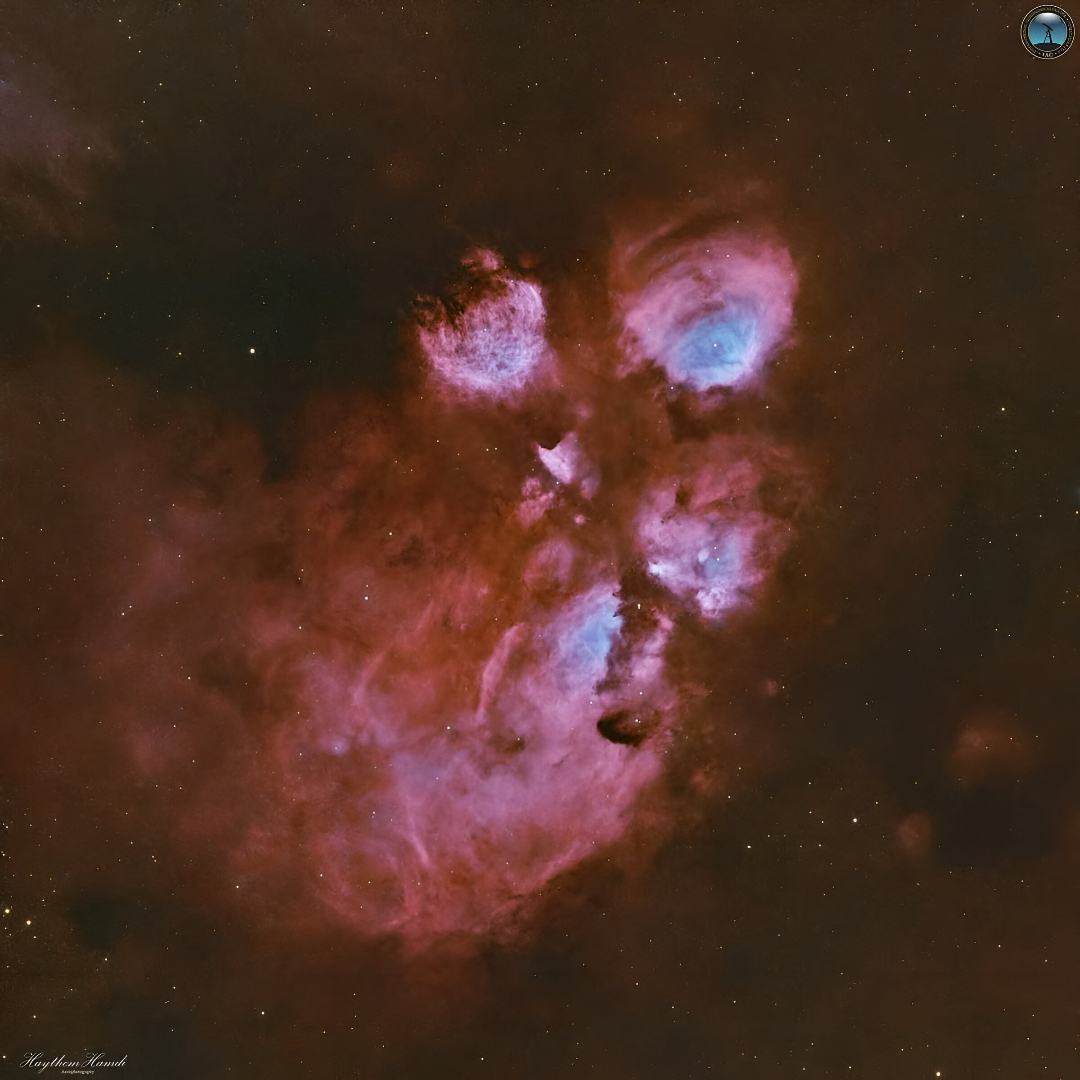
General
UAE Astronomers Capture Stunning Image of Cat’s Paw Nebula from Abu Dhabi Desert
In a remarkable astronomical feat, UAE astronomers have captured a breathtaking image of the Cat’s Paw Nebula, an emission nebula larger than the full Moon, from the skies of Abu Dhabi’s desert.
The vibrant nebula, nestled within the Scorpius constellation, was imaged after nearly 10 hours of continuous observation under challenging conditions, including low elevation and light pollution. Despite these hurdles, the team achieved crystal-clear results that wowed astronomy enthusiasts worldwide.
According to the Al-Khatem Astronomical Observatory, the Cat’s Paw Nebula is composed of glowing gas and cosmic dust and serves as a stellar nursery—a birthplace for new stars. The nebula’s shape closely resembles a cat’s paw, hence its whimsical name.
Spectral Significance
The vivid red hues in the nebula reveal the presence of hydrogen gas, while blue areas within the paw-like structure indicate oxygen gas. These glowing colors are the result of energized electrons recombining with atoms—a signature trait of emission nebulae.
While the nebula’s apparent size is slightly larger than the full moon, its actual span is immense. Light traveling at 300,000 km/s would take 320 years to cross from one side to the other. The light seen in the captured image was actually emitted 4,370 years ago.
Behind the Lens
The celestial marvel was observed by Osama Ghanam, Anas Mohammed, and Khalfan Al Nuaimi. The image was captured by Mohammed Odeh and processed by Haitham Hamdi. They utilized two telescopes, a color camera, and a light pollution filter to overcome the desert’s Bortle 6 light pollution rating.
The total capture involved 195 individual images with 3-minute exposures each—92 from a 5-inch telescope and 103 from a 4-inch one—spanning nearly 9.75 hours of imaging time.
This discovery reinforces the UAE’s growing reputation in space observation and science communication, showing the country's capability to contribute meaningfully to global astronomical research.